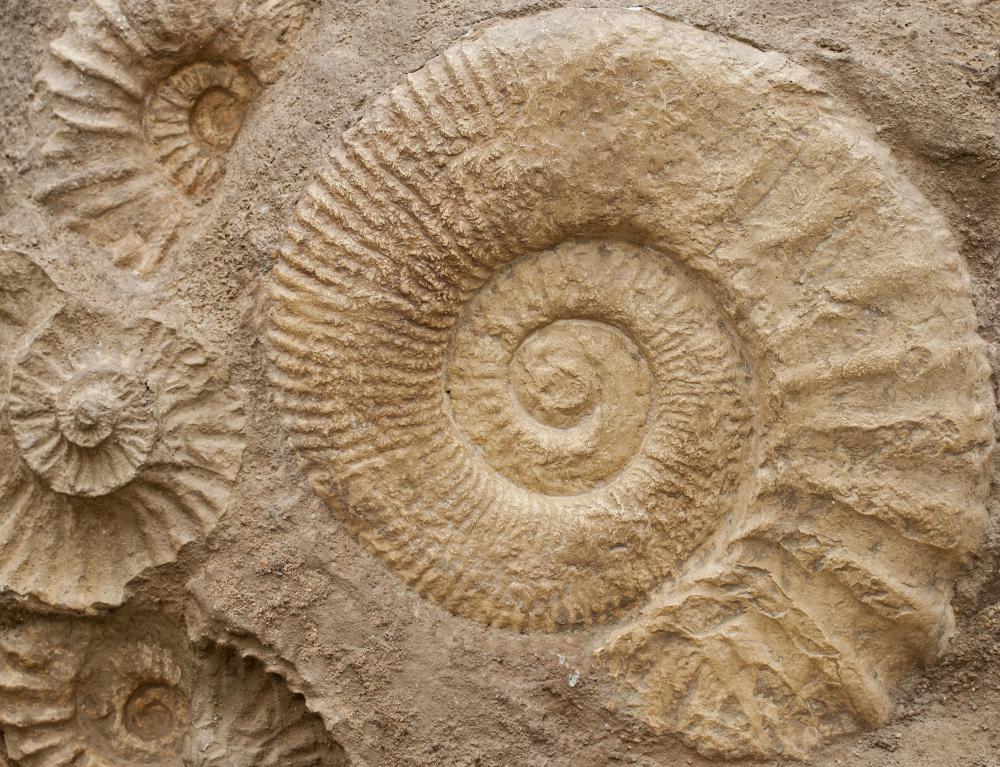At WiseGEEK, we're committed to delivering accurate, trustworthy information. Our expert-authored content is rigorously fact-checked and sourced from credible authorities. Discover how we uphold the highest standards in providing you with reliable knowledge.
What is Paleoichnology?
Paleoichnology is a branch of paleontology which deals with trace fossils, the markings left behind by animals as they bore, crawl, and walk through the natural environment. The study of paleoichnology can reveal interesting information about how these animals lived, adding substantially to the body of knowledge about prehistoric creatures. Ichnofossils, as they are called, can be found at many sites all over the world, ranging in size from mammoth footprints to fossilized borings betraying the travels of tiny organisms through thick mud.
Ichnology is a field in biology which focuses on trace behaviors. Trace behaviors are things like tracks, borings, tunnels, burrows, shed hair or feathers, and even feces. Researchers who study trace behaviors use the information they gather to learn more about the creatures they study, sometimes making inferences from the traces they find. It is perhaps not surprising that this branch of biology began to be used by interested paleontologists, spawning an entirely new paleontology discipline.

The study of paleoichnology can be very challenging. Circumstances have to be perfect for trace fossils to be preserved, and such fossils can be easily damaged or disrupted. Even if a paleoichnologist manages to find trace fossils, if there are no fossilized remains associated with them, it can be difficult to determine which creature created the traces. Without knowing what created the tracks, they are only so useful. Traces can also be very difficult to distinguish in the fossil record, so people may pass over them by accident for decades until someone takes a closer look.
By looking at ichnofossils, researchers can make inferences about how creatures moved, which can help them figure out how the animals were put together and where their major muscle groups would have been. Paleoichnology can also provide clues to behavior, showing researchers whether animals lived in groups, how they avoided predators, and how they herded or tracked down prey. A researcher in paleoichnology may be able to provide some insight into soft tissue structures, like feathers or scales on the feet which left impressions behind.
Many natural history museums have ichnofossils on display, because visitors often enjoy the remarkable sight. There is something rather compelling about looking at footprints left behind by animals which have long since vanished from the face of the Earth. Some researchers also benefit from comparing historic animal tracks and tracings to modern traces, looking at all of the ways in which animals have grown and changed.
AS FEATURED ON:
AS FEATURED ON:











Discuss this Article
Post your comments